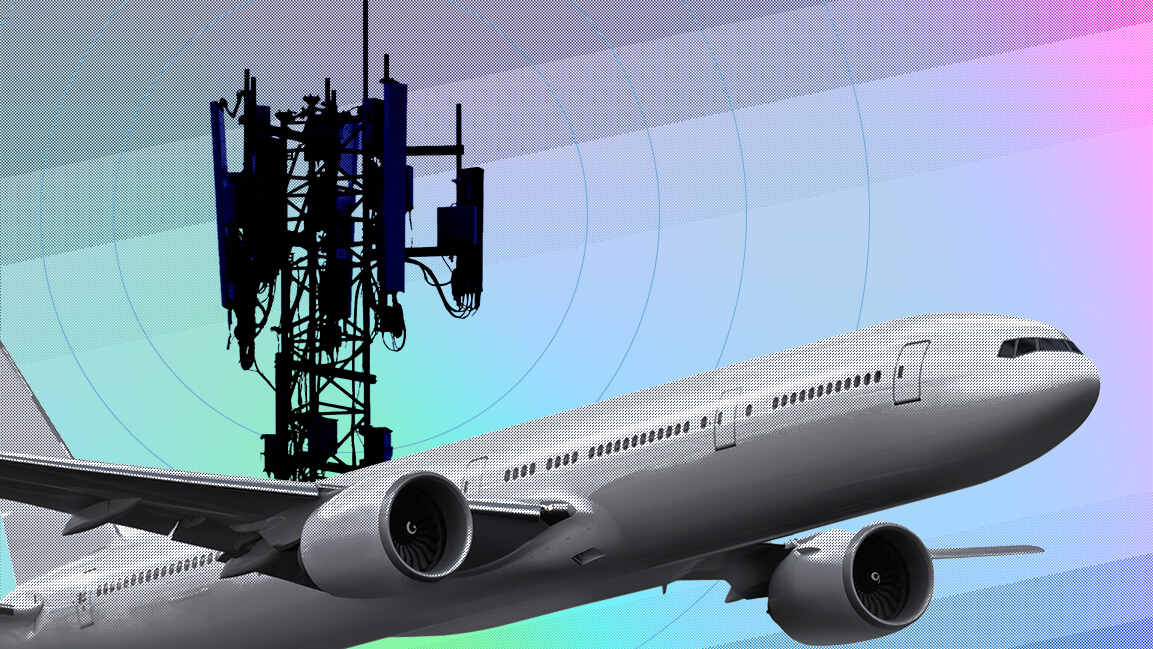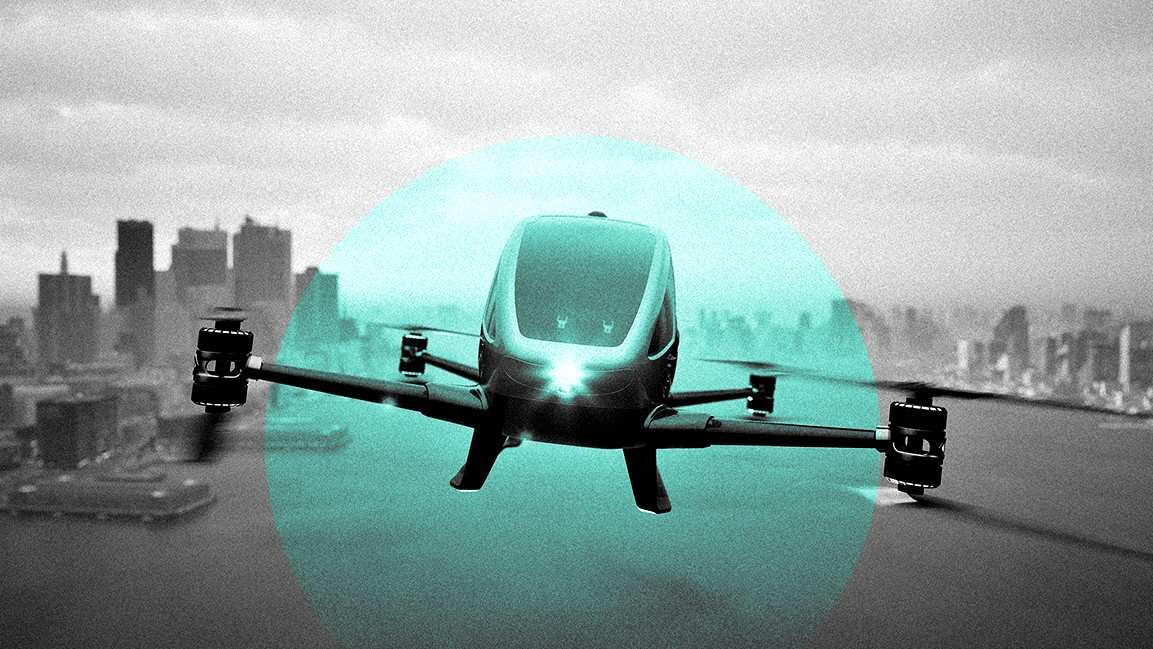- | 2:00 pm
KAUST develops model to prevent 5G interference with aircraft systems
These simulations showed that one tower inside the exclusion zone could reduce 5G efficiency by 20%, and up to 50% with three towers.

As the rollout of fifth-generation (5G) networks accelerates worldwide, aviation safety concerns have come to the forefront. A key issue is the potential interference between 5G signals and aircraft radio altimeters—devices critical for measuring altitude, especially during landings and low-visibility operations. To address this challenge, researchers at King Abdullah University of Science and Technology (KAUST) have developed a new mathematical model designed to ensure safe coexistence between aviation systems and mobile communication networks.
Published in IEEE Transactions on Wireless Communications, the study introduces the concept of an “ideal exclusion zone” that protects aircraft from harmful interference while maintaining strong 5G network performance. The findings could prove valuable for aviation and telecommunications regulators worldwide as they refine policies for 5G deployment near airports and flight paths.
The KAUST team is the first to apply stochastic geometry—a mathematical method used to model randomly distributed network infrastructure—to predict how 5G signals may interact with radio altimeters.
Professor Mohamed-Slim Alouini, the project’s lead researcher, explained the issue: “5G operates near the same bandwidth as aircraft radio altimeters, which may cause signal interference. This,” he added, “highlights the need to establish exclusion zones to reduce interference levels.”
The proposed solution recommends allowing only lower-frequency 5G signals within exclusion zones near runways, rather than higher-frequency bands that are more likely to interfere with altimeter signals. Using this model, the team found that triangular-shaped zones provide optimal protection with minimal impact on network performance.
Simulations showed that a single tower inside the exclusion zone could reduce 5G efficiency by 20%, while three towers could cut it by up to 50%. Supported by Saudi Arabia’s Communications, Space & Technology Commission (CST), the study offers a globally relevant framework for managing 5G infrastructure near critical aviation systems.































